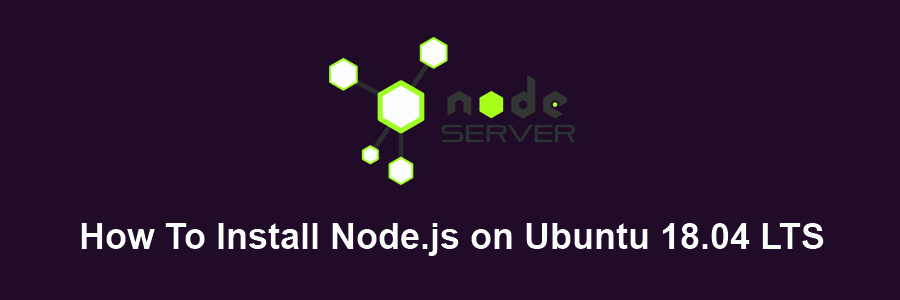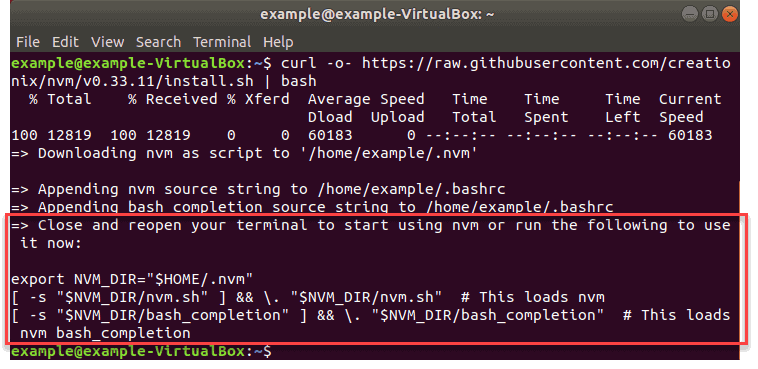

Nvm install node lts update#
First, make sure you have curl installed on your system: sudo apt update & sudo apt install curl -y.You can install nvm using a shell script provided by the nvm team. NVM is a command-line utility to install and manage Node.js versions for specific users.
Nvm install node lts windows#
Windows users can visit our other tutorial to install Nodejs on Windows system. The default NVM is installed under current users home directory, So nvm installation with one user will not be accessible to another user. This tutorial will help you to Install and Manage Node.js using NVM.

You can also install a specific Node.js version or multiple Node.js versions on the same system using nvm and use the required version for the application. NVM provides an option for the easy installation of Node.js.

Using nvm to install nodejs will help in the long run when we want are working on different projects having different node versions.NVM is known as Node Version Manager, similarly to RVM (Ruby Version Manager) for Ruby language. We can check for the changed status by typing nvm ls everytime you execute any command. Nvm uninstall node // This will remove the latest node version installedīefore firing the uninstall command, please make sure to change the active version to any other version (by using nvm use version_no, else it won’t uninstall, and would throw the error nvm: Cannot uninstall currently-active node version, v12.6.0 (inferred from 12.6.0). To uninstall any version, we can use nvm uninstall 12.6.0 To change the default node version, nvm alias default 10.16.0 This results in Now using node v10.16.0 (npm v6.9.0)

We can change the current active version by typing in nvm use 10.16.0 The one with the arrow mark, signifies the default node version. To see the all the node versions installed/available, type To install any particular versions, type npm install 4.9.1 To install the long term release (lts) version (which you should be using for production level applications), type nvm install -lts 3. To verify if node actually got installed, you can type node -versionįor me it resulted in v12.6.0 2. The version installed by the above command will be the default node version. Installing the latest version of node nvm install node The next few commands can be run independently, so make sure that you run the one as per your requirement. Then we can start with the installation of node. This will return the currently installed version. Restart the terminal and type in nvm -version The terminal will ask to restart to be able to load the new command.
Nvm install node lts download#
This will download the nvm package to our local, install it and set the path of nvm in bash. If there are already any nodejs or npm version installed on your system and you want to remove it, you can do so by (not mandatory) sudo apt remove nodejsįirst let’s get started with installing Node Version Manager (nvm) curl -o- | bashĪll the details of nvm can be found on it’s github page. While direct installation can be done, it might be better to do it by using nvm to install nodejs.


 0 kommentar(er)
0 kommentar(er)
